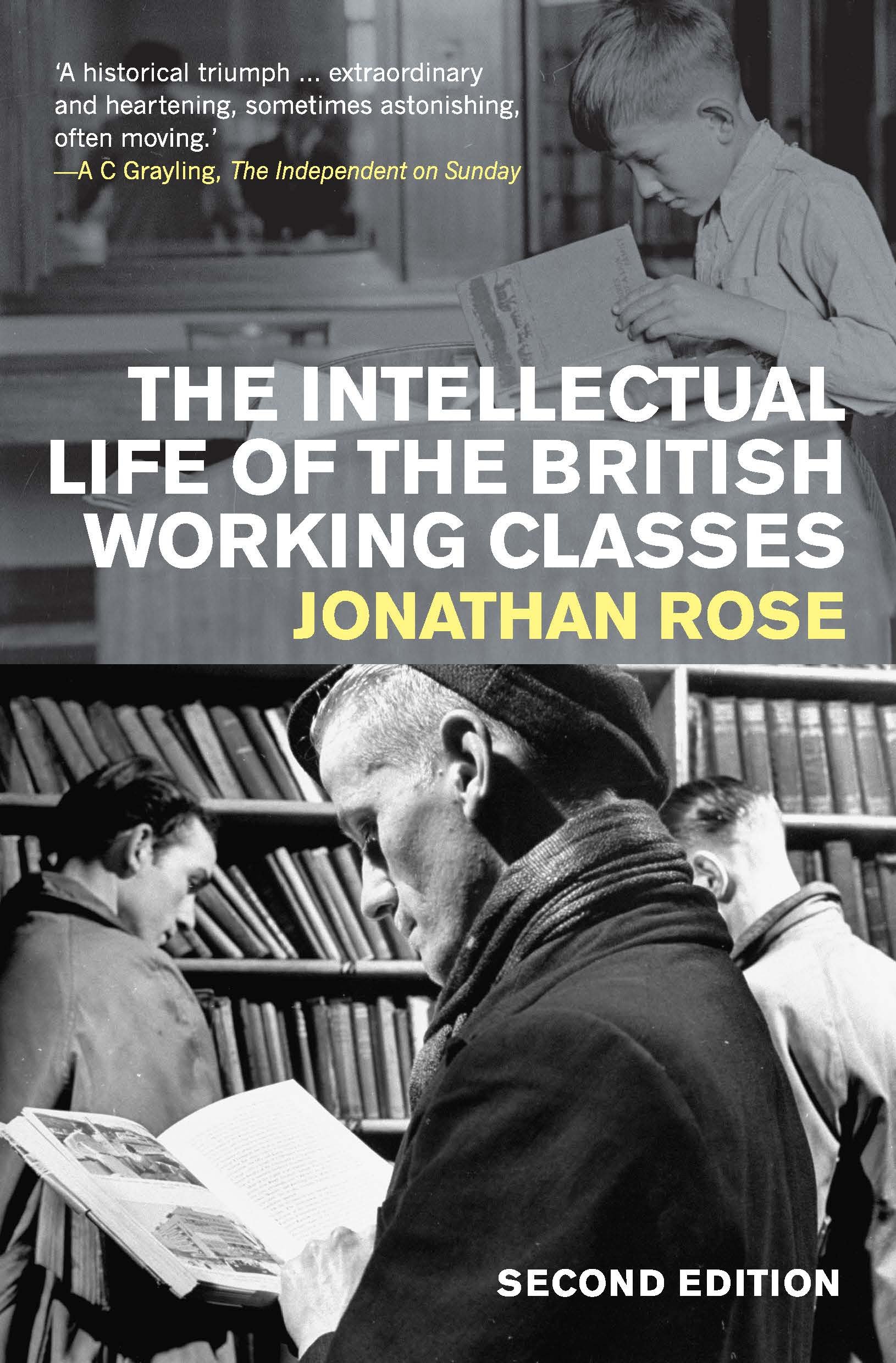The Intellectual Life of the British Working Classes – The old “audiobooks”
I stumbled upon this fascinating part in this book, about listening to books being read aloud:
By far the most pervasive form of mutual education was, quite simply, reading aloud. In pubs and on street corners, at Chartist meetings and in Methodist circles, the communal reading of newspapers multiplied their audience far beyond their circulation figures. In workshops, one laborer commonly read aloud while the others divided his share of the work. In an oral history investigation of social life between 1870 and 1918, half of all working-class interviewees indicated that reading aloud (including Bible reading and parents reading to children) was practiced in the homes where they were raised.96 Even the illiterate, the sight-impaired, and eternally busy housewives could share to some extent the world of print.
Oral reading was institutionalized in the form of the penny reading. Its inventor, Samuel Taylor, was a clayworker who became secretary of the Hanley Mechanics’ Institute and part-proprietor of the Staffordshire Sentinel. A passionate Liberal apostle of a “free, cheap, enlightened press,” Taylor began in 1854 to read Russell’s Crimean War dispatches for the Times from a terrace in Hanley’s market square. The first “war readings” attracted 8,000 to 10,000 people. The authorities welcomed them as a means of keeping the lower orders out of pubs and music halls, so they offered Taylor the free use of the town hall for other readings. In September 1856 he began his “Literary and Musical Entertainments for the People,” consisting of readings of selections from popular writers along with some vocal and instrumental music, topped off by the national anthem. At first the events were free, but soon attendance was so great that 1d. admission had to be charged. Within months other towns in the Potteries had adopted them, and a report in the Times broadcast the movement over the entire country.97 Between October 1857 and April 1858 nine Staffordshire towns were staging penny readings for overflow crowds, with a total admission of 60,000 to 70,000—this in a district with a population of 100,000. 98
98. Samuel Taylor, “Literary and Musical Entertainments for the People,” Transactions of the National Association for the Promotion of Social Science (1858): 644–45
